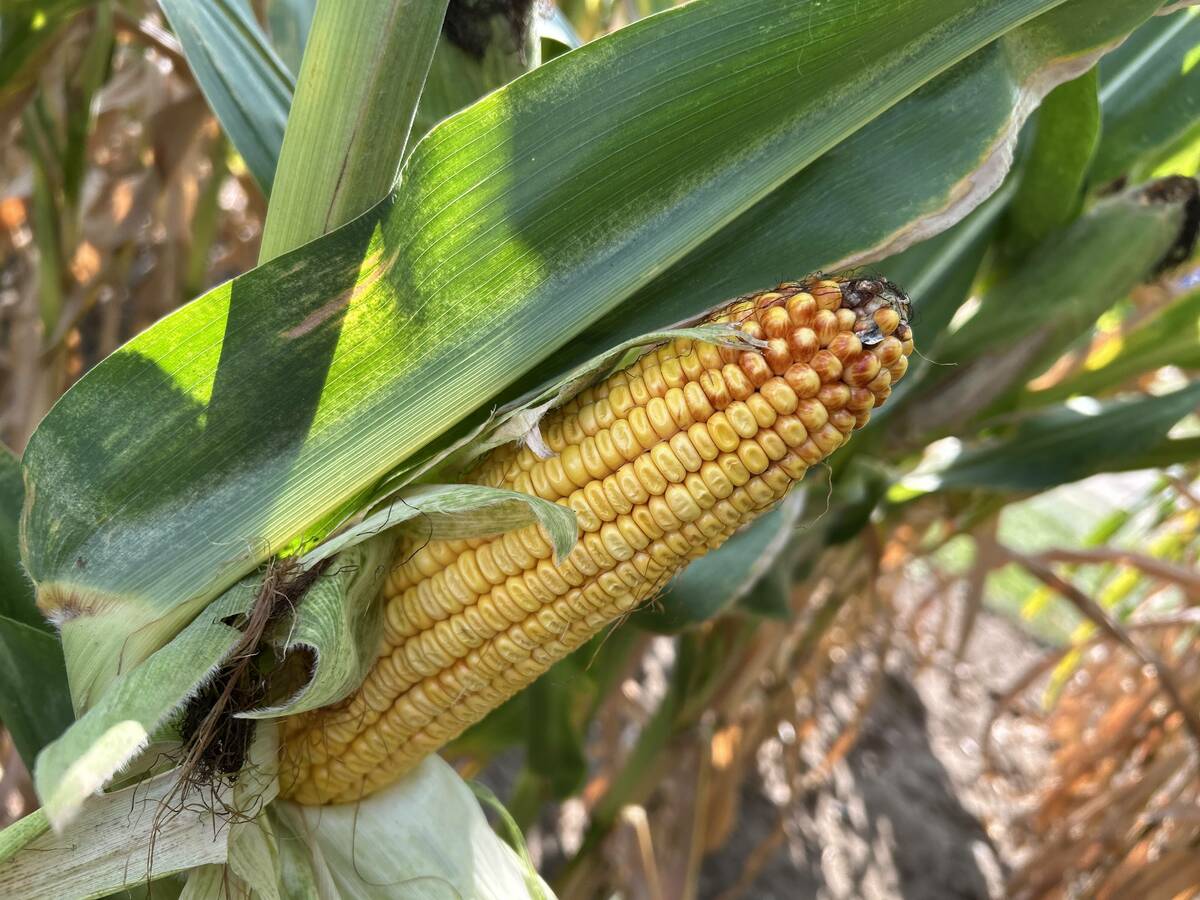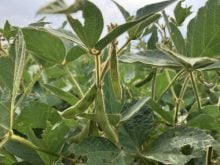MORDEN, Man. – In the sunflower industry, it is somewhat like the search for the holy grail.
Researchers are trying to breed sunflowers that are tolerant to sclerotinia, a devastating disease that last year ravaged many sunflower fields in Manitoba.
“It’s by far the most devastating disease of sunflowers,” said Mel Reimer, executive director of the National Sunflower Association of Canada.
“At this time last year we had basically written the crop off. When the weather got cool and wet, sclerotinia set in.”
Read Also

Crop estimates show mixed results
Model-based estimates used by Statistics Canada showed the 2025/26 crop year has seen increases in canola, corn for grain, oats and lentils production while seeing dips in spring wheat, durum wheat, soybeans and barley in comparison to 2024/25.
The attempt to breed scler-otinia tolerance into sunflowers is a collaborative effort between researchers in Canada and the United States. Among those participating is Khalid Rashid, an Agriculture Canada plant pathologist at Morden.
The Morden research centre became involved because it has the largest indigenous collection of wild sunflowers in North America, Reimer said. It is from that collection that Rashid has helped to identify wild sunflowers with decent tolerance to sclerotinia.
Plant breeders in the U.S. then incorporate that tolerance into sunflower varieties that might one day become commercially available on both sides of the border.
“There will be at least a moderate tolerance to the disease so that in average years like this we’ll get practically no disease happening at all,” Reimer said during a sunflower tour hosted by his association on Sept. 7 at Morden.
“When the conditions are really bad, as they were last year, we’re still going to get big losses. Maybe not as big, but we’re still going to get losses. Right now there doesn’t appear to be any complete tolerance or resistance to sclerotinia. It just doesn’t seem to be the case.”
However, provincial oilseed specialist Rob Park said developing varieties with tolerance to sclerotinia is no easy task.
“Canola’s got more money than you can think of in the industry and they haven’t figured it out yet. All the other broadleaf crops that are susceptible to sclerotinia, like edible beans and soybeans to a lesser extent, they don’t have it either. It’ll be a long shot for sunflowers to get it but it’s worth looking at.”
Manitoba was expected to plant 250,000 acres of sunflowers this year, mainly in confectionary varieties. However, only about 175,000 acres were planted because of excess moisture.
Reimer said growers may have lost as many as 50,000 of the planted acres due to poor growing conditions.














